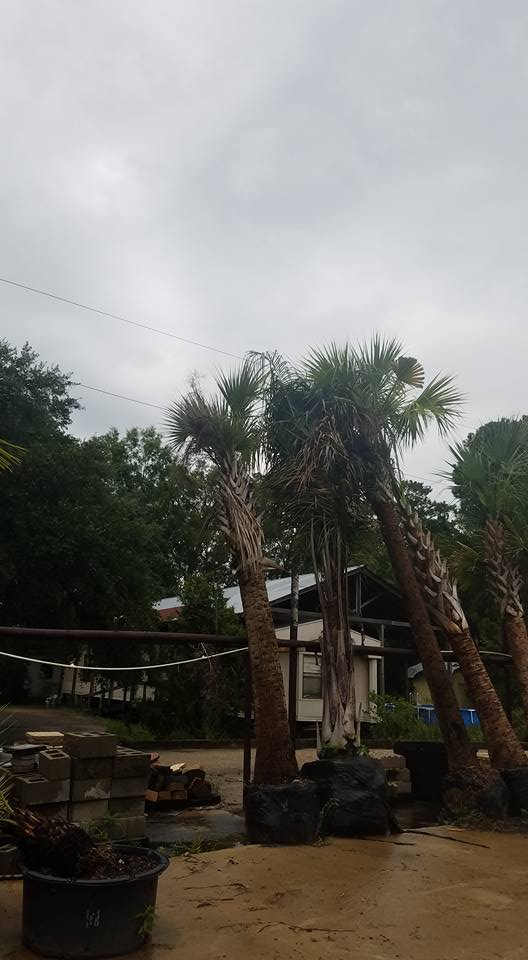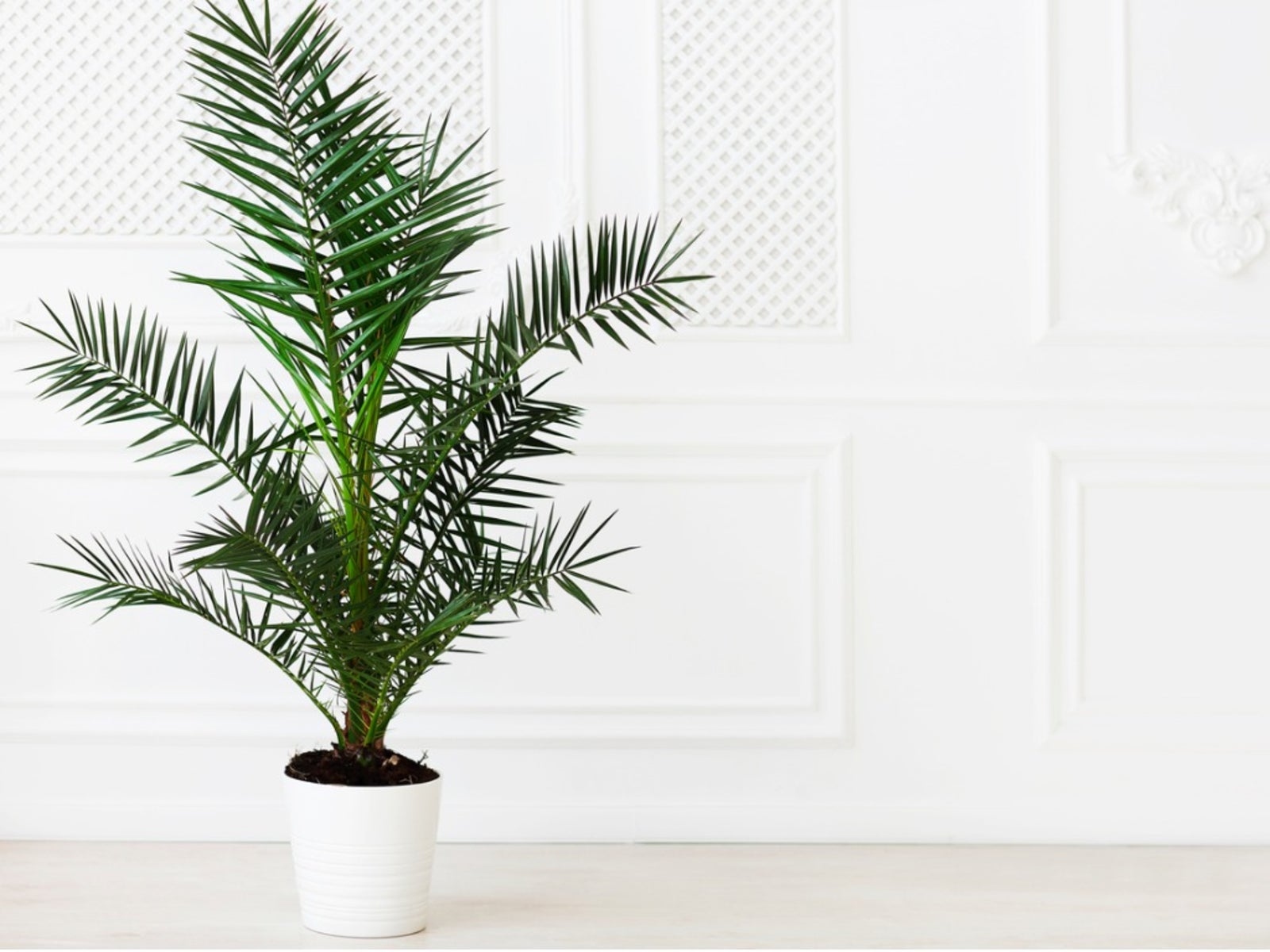Frizzle Top On Palms: Information And Tips For Frizzle Top Treatment


Frizzle top is both the description and name of a common palm problem. Preventing frizzle top is a little tricky, but the extra care will help preserve the beauty of your palms. Keep reading to discover exactly what is frizzle top on palm trees and how to treat it.
What is Frizzle Top?
What is frizzle top? It is a disease of palm trees, which is caused by manganese deficiency. Frizzle top on palm trees is most common on Queen and Royal palms, but other species, including sagos, may also be affected. Coconut palms exhibit problems after periods of cold. Cold temperatures minimize the effectiveness of roots to draw manganese into the tree's vascular system. Early diagnosis will enhance frizzle top treatment to preserve the plant's health. The symptoms are most obvious in winter and spring, because the roots are not as active. This prevents the plant from gathering maximum nutrients, including any available manganese.
Palm Frizzle Top Symptoms
Palm fronds will exhibit dry, withered leaves. Areas where the soil has a high pH are most likely to have palms with crispy fronds. At its earliest appearance, frizzle top will attack the young leaves as they emerge. Any new growth that does occur is limited to stubby petioles that do not grow terminal leaf tips. The disease causes yellow streaking and weak growth. Leaves on palms get necrotic streaking which affects all parts of the leaves except the base. Overall, the leaves will become yellow, and tips fall off. The entire frond is eventually affected and will distort and curl. In some species, the leaf tips fall off and leave the plant looking scorched. Frizzle top on palm trees will eventually cause the death of the tree if left unchecked.
Preventing Frizzle Top
One way of preventing frizzle top is to use a soil test kit prior to planting any new palm trees. This can help you gauge if there is adequate manganese in your soil. Alkaline soils are most likely to have low available levels of the nutrient. Creating a more acidic site by adding sulfur to the soil is a first step in preventing frizzle top. Apply 1 pound (455 g.) of Manganese Sulfate every September to prevent problems in your palm tree.
Frizzle Top Treatment
A consistent fertilizing program is the best way to minimize palm frizzle top symptoms. Use a water-soluble form of manganese fertilizer as a foliar drench. Apply it according to the instructions every three months. Average application rates are 3 pounds (1.5 kg.) per 100 gallons (380 L.) of water. This short-term “cure” will help keep new emerging leaves green. A program of manganese-rich soil fertilizer will help in the long term. Keep in mind that visual improvement will be slow. Fronds already damaged by palm frizzle top will not turn green again and need to be replaced by healthy foliage. This renewal could take several years, but if you are faithful to a manganese fertilizer schedule, the recovery will take place and ensure a healthy landscape tree.
Gardening tips, videos, info and more delivered right to your inbox!
Sign up for the Gardening Know How newsletter today and receive a free copy of our e-book "How to Grow Delicious Tomatoes".

Bonnie Grant is a professional landscaper with a Certification in Urban Gardening. She has been gardening and writing for 15 years. A former professional chef, she has a passion for edible landscaping.
-
 Looking For Plants To Give You The Soft And Fuzzies? Try These 5 Fuzzy Leaf Plant Options
Looking For Plants To Give You The Soft And Fuzzies? Try These 5 Fuzzy Leaf Plant OptionsLovers of texture, drama, silver foliage and tactile plants will adore these special sensory garden additions. These fuzzy leaf plant options will leave you all aglow
By Susan Albert
-
 Get Ready For A Summer Of Hummers! Grow These Full Sun Hummingbird Plants and Flowers
Get Ready For A Summer Of Hummers! Grow These Full Sun Hummingbird Plants and FlowersIf you’re lucky enough to enjoy a sunny backyard, make sure you are maxing out on your pollinator opportunities and grow these full sun hummingbird plants and flowers
By Tonya Barnett
-
 Best Fertilizer For Indoor Palms And When To Use It
Best Fertilizer For Indoor Palms And When To Use ItShould you fertilize your container grown palm trees? Click to learn when to fertilize potted palms and what to feed them.
By Bonnie L. Grant
-
 Sticky Palm Tree Leaves: Treatment For Palm Scale
Sticky Palm Tree Leaves: Treatment For Palm ScalePalm leaf scales can cause damage and even the death of the palm tree. There are two very noticeable signs of scale on palm trees. Learn what they are and how to treat in this article.
By Heather Rhoades
-
 Indoor Palm Tree Care - Growing Palms Indoors
Indoor Palm Tree Care - Growing Palms IndoorsPalms create an air of elegance and splendor, reminding us of exotic lands far away. Using the tips in this article on caring for palms indoors will allow you to enjoy the atmosphere they create in your home.
By Heather Rhoades